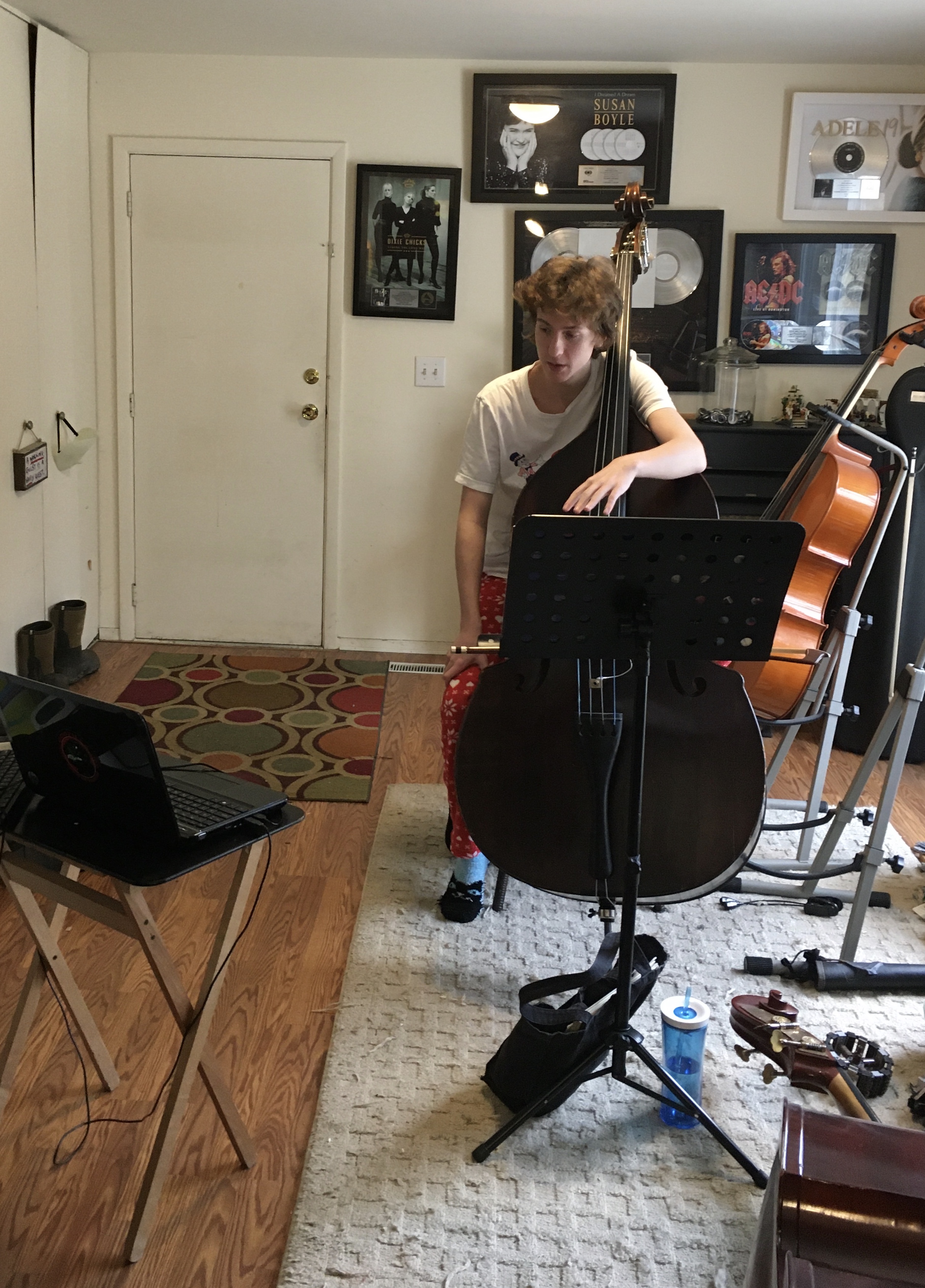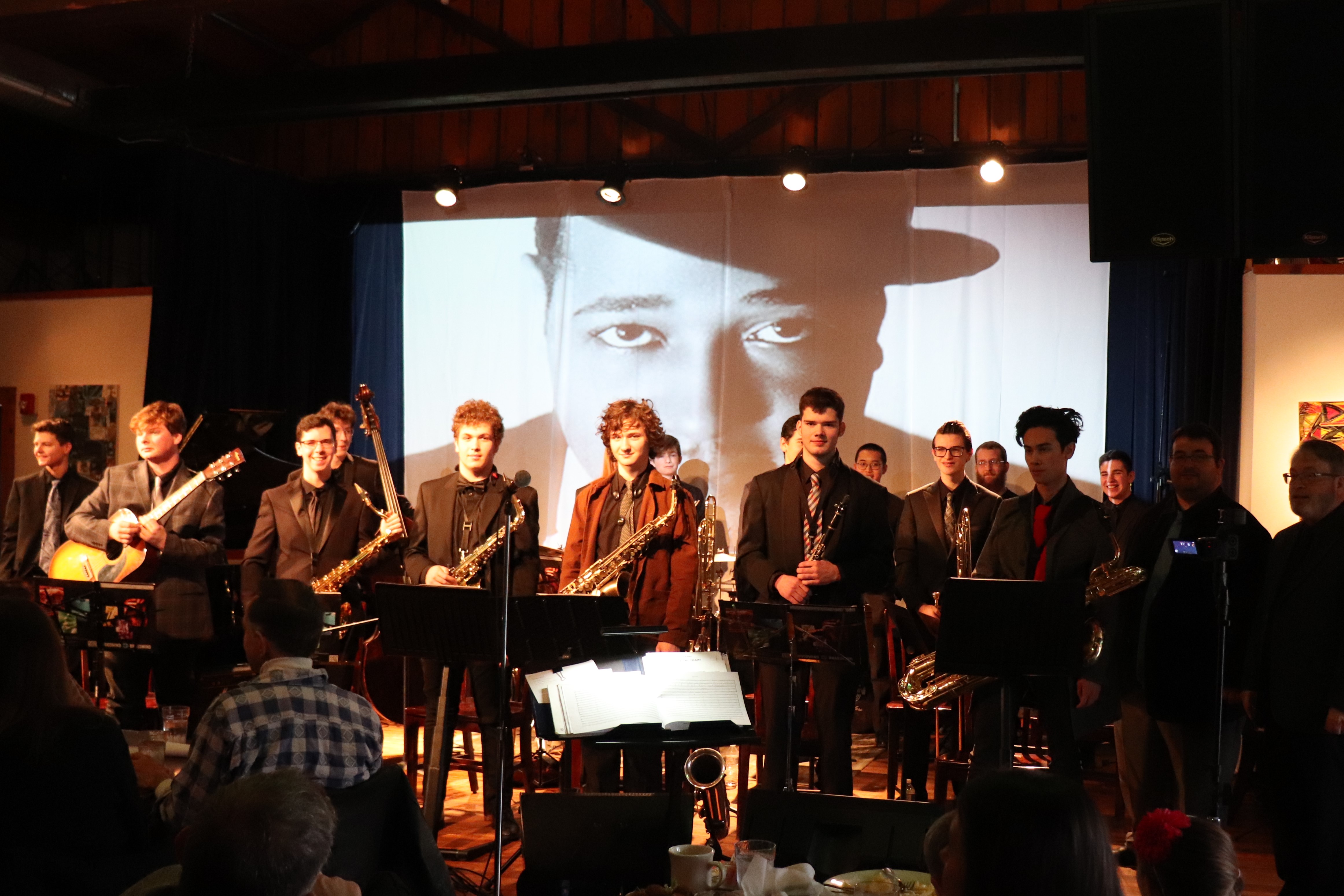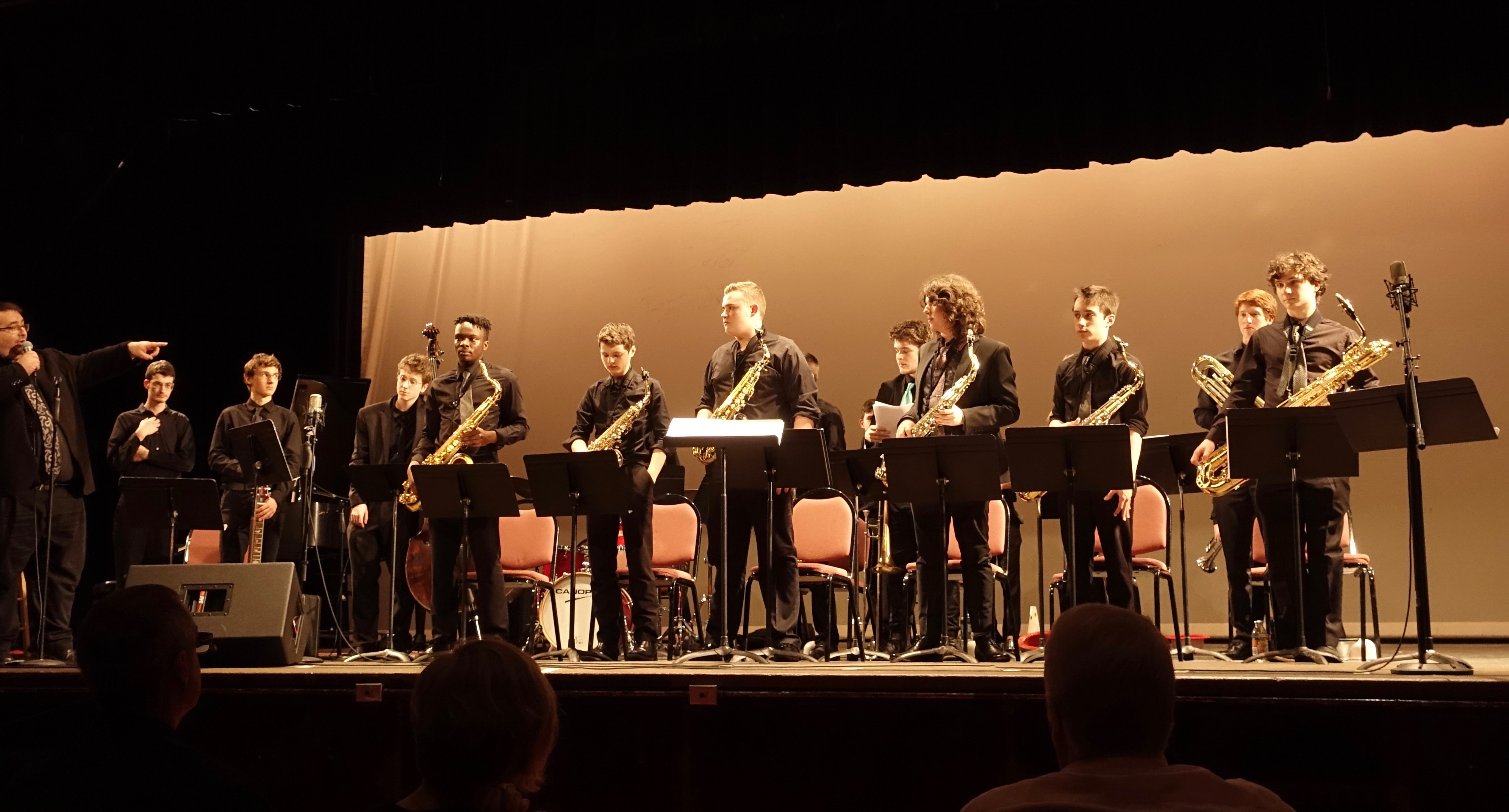How It's Done: Remote Music Education
Remote music education is going on without missing a beat in Hudson Valley, New York

There was a time when if the music teacher was out sick, a sub would pop in a video and all classes and lessons would wait for another day. With schools moving to a remote music education model, tech is helping students not miss a beat.
Who: Dan Shaut, Director of Hudson Valley Youth Jazz Orchestra (regional honor band with students from 10 different high schools) and Highland High School, Director of Bands.
Where: Hudson Valley, NY
What: Using Tech to Teach Music Education Remotely
While many music teachers panicked or gave up hopes to make any progress when faced with a change in class venue, my students were already inquiring about online options. Here are a few tech helpers that are keeping us on track:
Noteflight - This is a notation program that allows teachers to send assignments and students to create music and record midi instruments or real instruments. I am using this class for my Theory and Song Writing class. We are currently working on writing/arranging blues tunes. I can set the parameters and break down the assignments. Students can then share the notated music with me for feedback. End result will be a written song with recorded audio. Students will help each other by recording their specific instrument.
Schoology - I am able to send them assignments, tests, quizzes and also files (audio, video.) It is kind of like social media but on a closed platform. I will often post recordings of the ensemble rehearsing or performing for the students' self reflection. I will also set up short playing tests and the students will upload a video of them playing.
Tech & Learning Newsletter
Tools and ideas to transform education. Sign up below.
Audacity - This is a free open-source recording program. For my large ensembles I will be sending out a click track, so we are all literally on the same beat. Students will hear the click track through headphones and make a recording through Audacity (or any other platform to create audio recordings). I will lay down these tracks and line them up so that we can hear how well we are staying together. This will allow us to start to assess from an ensemble perspective. I will give feedback and we will try again with the goal of students learning their individual parts. That way, when we do have a true rehearsal we will be ready to soar!
Band-In-A-Box - This program allows me to create backing tracks after inserting chord changes to the tunes. This is a great to tool for working on improvisation for specific tunes. It allows students to feel like they are playing with a band. It's a lot more fun than playing by yourself in your living room.
Vimeo/YouTube - I am working with other musicians to create short masterclasses that I can share with my students. I am hoping I can get some of the highly talented creatives that have lost most or all of their income for the foreseeable future. I like that Vimeo doesn't add commercials. I'm considering pairing it with Patreon as a way to raise a little bit of money for the artists that have lost so much income. This would be through our registered nonprofit, Bridge Arts and Education, but would also be beneficial to all my students.
Zoom - I liked the idea of being able to use it from any platform and without the participants needing to pay for it. I had done some tinkering with it as an option to open my private studio so that geography wasn't a deciding factor. Once COVID-19 made it a requirement to do distance learning I was prepared to jump right into it. Integrating with Calendly lets students select from times I've made available. They will automatically receive an email with the link to the meeting and I will have all the meetings added directly to my calendar without back and forth emails with students/parents.

Positive Results
I think the students are looking for some form of normalcy and routine. For music students, creating music and collaborating with peers is the norm. This helps us bring some form of that to a time that lacks normalcy for everyone.
Biggest Challenge
The quality of online learning is dependent not only on the teacher's equipment and software but also that of the student. Zoom doesn't replicate the quality of in-person lessons due to the latency, lack of tone quality, and loss of musical subtleties. However, it works well enough to make progress and is an appropriate stopgap during our time of social distancing.
This unfortunately does not work for large ensemble rehearsals because a very accurate sense of time is vital to success. Large ensembles enhance latency issues and we have not found any platform that can handle this well.
Pro Tips
Do your best. Don't expect perfection from you, the students, or the technology. We have to understand that our expectations can not be the same online as they are in a school setting. I can expect full attention for our rehearsal or our class time, but now there are a lot outside influences (money, tech issues, child care, etc) that require the educator to be more understanding. Remember that making music is fun. Be flexible, but keep the trajectory moving forward.

Finding Funding
I have looked hard to find programs that had no cost to the user and could be used (even if not ideally) on just a smartphone. Currently free due to Covid-19: Zoom, Calendly, Audacity, Sight Reading Factory.
Tech Tools
- Zoom
- Calendly
- Band-in-a-Box
- Schoology
- Noteflight
- Audacity
- Wix (website creator)
- Sight Reading Factory
- Vimeo
- Youtube
Sascha has nearly two decades of experience as a freelance journalist writing for national magazines, including The Washington Post, LA Times, Christian Science Monitor, National Geographic Traveler, and others. She writes about education, travel and culinary topics.
